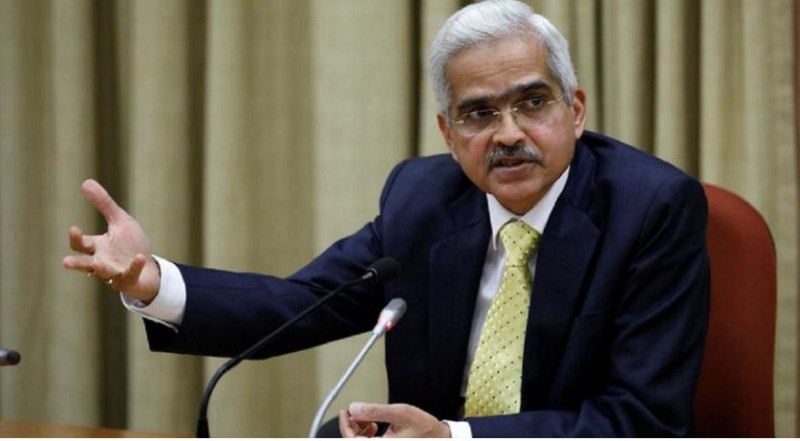
NEW DELHI: Shaktikanta Das, the governor of the RBI, stated on Friday that discussions are being held with South Asian nations to allow for cross-border trade in the rupee.
He said that the launch of the digital rupee is being done very carefully and methodically by the RBI, adding that the central bank digital currency (CBDC) is now in the trial phase.
"For UPI, we have already signed agreements with nations in this region, including as Bhutan and other nations like Nepal, and we're attempting to offer the UPI service to make cross-border payments much simpler in this region."
The RBI and the Government of India have also started international commerce settlement in rupees, which is the other initiative. To facilitate rupee settlement of cross-border trade in the South Asian region, we are already in discussions with some of the countries in this region," Das added.
The Governor also mentioned that the RBI has started a CBDC pilot project in his opening remarks at an IMF meeting held in this city.
It is currently in the experimental phase, and we are proceeding very gently and carefully because this requires a very cautious and meticulous approach. It can be quite harmful if cloning or anything else occurs... Therefore, there may be room for cooperation (with South Asian nations) in that sector as well, Das said.
The Reserve Bank of India (RBI) started its retail CBDC pilot project on December 1 of last year following the successful launch of the pilot for the wholesale segment on November 1 of 2022.
The RBI had said when launching the pilot that the use of the digital rupee is expected to increase the efficiency of the inter-bank market because settlement in central bank money will lower transaction costs by obviating the need for infrastructure for settlement guarantee or for collateral to reduce settlement risk.
Greater intra-regional commerce in the South Asian region can increase chances for growth and employment, according to Das, who noted that the global trade picture for 2022–2023 is cloudy.
The RBI has already begun to advance in the areas of rupee settlement of cross-border trade and CBDC, which Das said could be areas of greater cooperation in the future. "At the central bank level, a key dimension for cooperation has been learning from each other on common goals and challenges," Das said.
The Governor presented the South Asian region with six policy goals to address major issues brought on by Covid, inflation, financial market tightening, and the Russia-Ukraine war.
"Numerous external shocks" have caused prolonged pricing pressure in the economies of South Asia. Fiscal, trade, and administrative measures have emerged as the essential tools for effective deflation, he said. These tools must be used in conjunction with credible monetary policy actions and focused supply-side initiatives.
While supply-side limitations and the recent easing of commodity prices should assist to reduce inflation moving forward, according to Das, threats to GDP and investment prospects may increase if inflation stays at current levels. South Asia experienced an average food price inflation rate of more than 20% during the first three quarters of 2022.
In light of the current situation, he added, "Prioritizing price stability may therefore be the best course of action for the region," noting that the area's high reliance on imported fossil fuels has made it susceptible to fuel inflation.
In his speech on "South Asia's Current Macroeconomic Challenges and Policy Priorities," Das said that the prospect for global trade and growth in the current international environment is uninspiring, and policies must be implemented under a storm of uncertainty.
The approach to disinflation, however, must take into account the escalating threats to the growth outlook in light of the dimming picture for world trade and economic growth, he said.
The South Asian countries' other top policy targets would be reducing external debt vulnerabilities, increasing productivity, bolstering cooperation for energy security, collaborating for a region with a greener economy, and promoting tourism.
According to Das, learning from one another about shared objectives and challenges, such as financing for infrastructure, digital financial inclusion, lowering the cost of cross-border remittances (by connecting with the UPI system), and unconventional monetary policy, has been a key component of cooperation in the region at the central bank level.
The RBI Governor added that any monetary or fiscal expansion must be measured, targeted, and cannot be allowed to run unchecked.
"Our liquidity expansion was not once more unchecked when we went for rate reduction, reduction of the policy rate, and expansion of liquidity. In the majority of situations, it was calibrated and targeted with precise sunset dates, or end dates...
Therefore, the majority of the liquidity increase we carried out had a sunset date and was targeted. Liquidity is relatively simple to add but very challenging to remove. And we didn't want to end ourselves in the same scenario as Chakravyuh," Das remarked.